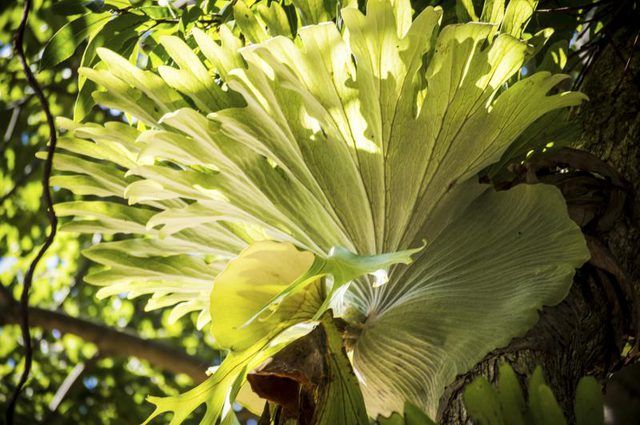Bulbs
Flower Basics
Flower Beds & Specialty Gardens
Flower Garden
Garden Furniture
Garden Gnomes
Garden Seeds
Garden Sheds
Garden Statues
Garden Tools & Supplies
Gardening Basics
Green & Organic
Groundcovers & Vines
Growing Annuals
Growing Basil
Growing Beans
Growing Berries
Growing Blueberries
Growing Cactus
Growing Corn
Growing Cotton
Growing Edibles
Growing Flowers
Growing Garlic
Growing Grapes
Growing Grass
Growing Herbs
Growing Jasmine
Growing Mint
Growing Mushrooms
Orchids
Growing Peanuts
Growing Perennials
Growing Plants
Growing Rosemary
Growing Roses
Growing Strawberries
Growing Sunflowers
Growing Thyme
Growing Tomatoes
Growing Tulips
Growing Vegetables
Herb Basics
Herb Garden
Indoor Growing
Landscaping Basics
Landscaping Patios
Landscaping Plants
Landscaping Shrubs
Landscaping Trees
Landscaping Walks & Pathways
Lawn Basics
Lawn Maintenance
Lawn Mowers
Lawn Ornaments
Lawn Planting
Lawn Tools
Outdoor Growing
Overall Landscape Planning
Pests, Weeds & Problems
Plant Basics
Rock Garden
Rose Garden
Shrubs
Soil
Specialty Gardens
Trees
Vegetable Garden
Yard Maintenance
How to Propagate a Staghorn Fern
How to Propagate a Staghorn Fern. Pups are the baby plants some types of staghorn ferns (Platycerium spp.) produce. These pups grow around the base of the parent plant and provide you with a simple method of propagating a staghorn fern. Once a pup forms roots, you can separate it from its parent plant and pot it up.

Pups are the baby plants some types of staghorn ferns (Platycerium spp.) produce. These pups grow around the base of the parent plant and provide you with a simple method of propagating a staghorn fern. Once a pup forms roots, you can separate it from its parent plant and pot it up.
Species, Spores and Separating
The 18 different species of staghorn fern grow outdoors in U.S. Department of Agriculture plant hardiness zones 9 through 11 and can take clumping or non-clumping forms. All can reproduce through spores, but only the clumping types produce pups. Common staghorn fern (Platycerium bifurcatum), the one you're most likely to own, is a pup-producing type. Even if you're new to gardening, it's easy to propagate this fern from pups. Propagating staghorn ferns from spores takes a lot more time and effort and is best saved for scientists and commercial fern farmers.
Separate to Propagate
A staghorn fern has two distinct frond structures: forked fronds and a basal frond, which is a round structure. If you look at the basal frond, you may see small plantlets -- the pups -- peeking out from around it. Sever the pups from the fern with a sharp knife, making sure each pup has some roots attached. Donít cut the basal frond on the parent plant -- simply remove the individual plantlets around it. If your staghorn fern is large, you may need to use a long-handled knife to reach inside and cut the plantlets.
Potting and Fertilizing
Staghorn fern naturally grows attached to trees. Wrap a pupís roots in damp sphagnum peat moss and pot the plantlet in a bark-based mix. Or, mount the pup on a piece of wood by tying it in place. Be careful not to remove the silvery white hairs that cover the forked fronds, because they help a plant conserve water. During periods of active growth in warm weather, fertilize the plant once monthly with a 1:1:1 ratio fertilizer, such as 20-20-20. Mix 1 teaspoon into 1 gallon of water and use the solution in place of tap water. Rates vary by brand, so check the label for instructions. When the plantís growth slows in cooler weather, fertilize every other month.
Keeping it Clean
To prevent the spread of disease to new pups, sanitize pruning tools before making any cuts. Soak the tools for five minutes in a solution of 1 part household pine-oil cleaner and 3 parts water, and rinse the tools with water or allow them to air dry before using them.